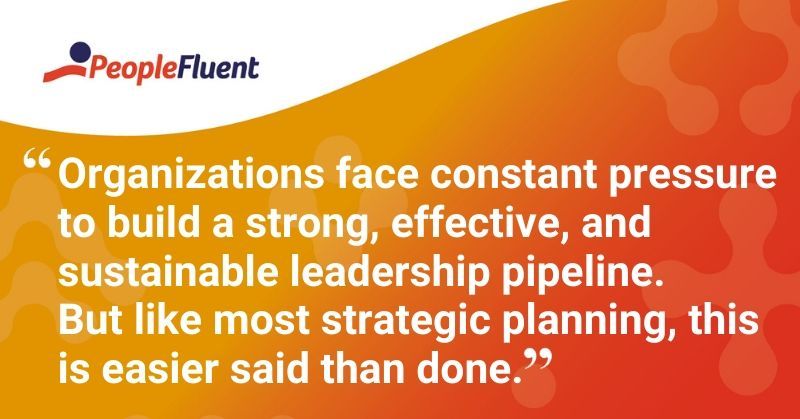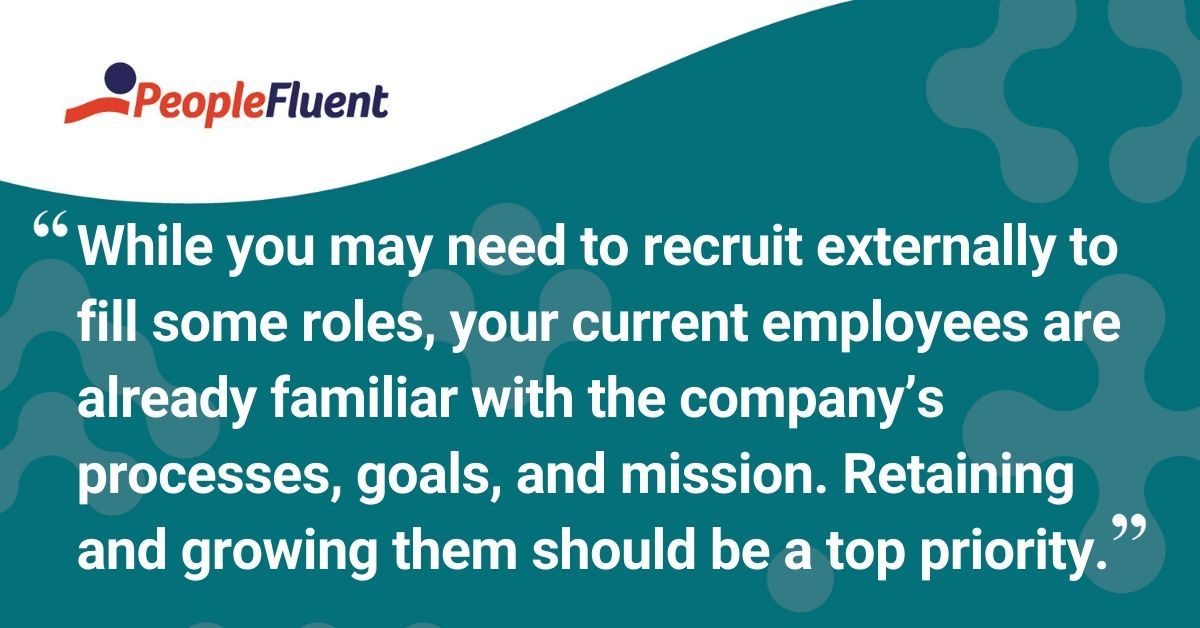Published: Aug 21, 2018Time to read: 5mins Category: Talent Management
6 Foundations for Effective Succession Planning
Organizations face constant pressure to build a strong, effective, and sustainable leadership pipeline. But like most strategic planning, this is easier said than done. When it comes to the succession planning process, many HR managers are challenged to ensure their succession strategy is flexible enough to meet the needs of the organization and the employee, as well as shifting dynamics within their industry. Proper succession planning instills confidence across the organization that selection of future leaders is strategic, comprehensive, and fair. This blog post explores more.
Preparing for the unexpected. Or in some cases, preparing for what is expected. Either way, leadership change is inevitable. And how you plan for it determines its impact on your organization.
Organizations face constant pressure to build a strong, effective, and sustainable leadership pipeline. But like most strategic planning, this is easier said than done.
When it comes to the succession planning process, many HR managers are challenged to ensure their succession strategy is flexible enough to meet the needs of the organization and the employee, as well as shifting dynamics within their industry.
In fact, a global survey of 2,300 directors revealed that only 14% had a detailed board succession plan. And in another survey, nearly 40% of participants indicated that they do not have a formal succession plan for their CEO.
Proper succession planning instills confidence across the organization that selection of future leaders is strategic, comprehensive, and fair.
What is Succession Planning and What Are the Benefits?
Understanding strategic business goals and preparing for future growth is what drives the succession planning process.
An adequate succession plan prevents organizations from taking a reactive approach to filling vacant roles. Instead, it proactively prepares a smooth transition plan to ensure leadership changes don’t interrupt major business initiatives. The planning process and the resulting plan also deliver other benefits, including:
- Motivating employees by creating growth opportunities
- Identifying skill gaps and talent development needs
- Adapting the organization to demographic and talent changes
- Transitioning highly specialized skills into key roles
- Preserving institutional knowledge.

You might also like: 'Talent Managers: An Advocate for Employees'
Building a Strategic Succession Planning Process
It’s important to know that succession planning is about more than filling gaps or finding replacement candidates. Rather, the goal is to ensure a smooth transition.
In preparing for growth, development, and transition, lay the foundation for an effective succession plan using the following targeted processes.
1. Align Succession Planning with Business Goals and Values
Your succession plan cannot be developed in a vacuum.
In other words, the successors you identify and develop will guide your organization into the future. So choose them with the business roadmap in mind.
Equally important, your succession plan should align with company values. This can have deep implications for your company’s success, ensuring your organization stays true to its principles and preserving its financial health and reputation.
2. Establish a Culture of Transparency
Your current—and future—leaders need to know their people’s goals, their teams’ objectives, and the opportunities open to them.
Foster an open dialogue with employees regarding career aspirations and institutionalize this information as part of an optimized performance management process.
Transparency throughout your succession plan development can prevent misinterpretation of its intended purpose. Otherwise leaders and managers (or anyone else in a position requiring a succession plan) may assume their future in the organization is at risk.
3. Take a Comprehensive View of Internal Talent
While you may need to recruit externally to fill some roles, your current employees are already familiar with the company’s processes, goals, and mission. Retaining and growing them should be a top priority.
By looking for successors within your organization, you can consider critical qualitative factors such as employee satisfaction with professional development, employee performance, and manager assessment of his or her readiness for an expanded role.

Keep reading: 'Visualizing Analytics: The Answer to Workforce Planning'
4. Focus on Targeted Development
As noted, succession planning is more than just identifying future leaders. It’s also about mapping out their development to ensure they’ll be ready to assume leadership roles when the time comes.
Assess your high-potential employees, then prioritize and individualize their development needs. This will highlight a path for their internal mobility and growth.
Be sure to consider employees’ career aspirations. Many companies get succession planning wrong by assuming everyone wants to be on a leadership track. For employees who don’t, you can still tailor development plans to ensure the organization has skills to serve its goals over the long term.
5. Establish Leadership Accountability for the Talent Pipeline
Your succession plan won’t work if your organizational leaders, board members, and CEOs don’t take responsibility for the selection, development, and ascent of their employees. Holding them accountable means ensuring leaders
- Revisit and revise succession plan goals and processes annually
- Define roles and expectations for each individual
- Outline clear, measurable goals against which to gauge success of their planning efforts.
Ideally, your succession strategy will be a regular topic of discussion in executive meetings.
6. Create a Mentoring Framework
Another proactive strategy is to cultivate mentorship programs between employees currently in critical roles and employees who are positioned as qualified successors.
A key component of modern, continuous learning, mentorship can reduce learning curves, training costs, and employee development time. Leaders can pass along knowledge and skills gained through experience, and then nurture these employees as they prepare for future advancement and promotions.
Related resource: 'Build Your Leadership Pipeline: Large Enterprise Succession Product Sheet'
Take Your Succession Plan to New Heights
There’s no doubt about it, building a scalable and dependable leadership pipeline is difficult.
But organizations that invest in succession planning are primed for competitive advantage, and will be more prepared for turbulence in a rapidly changing economy.
Discover How to Find and Build Your Future Leaders
The most successful companies stay that way with steady, long-term leadership. PeopleFluent succession software helps the world’s best organizations plan for the future by maintaining continuity.